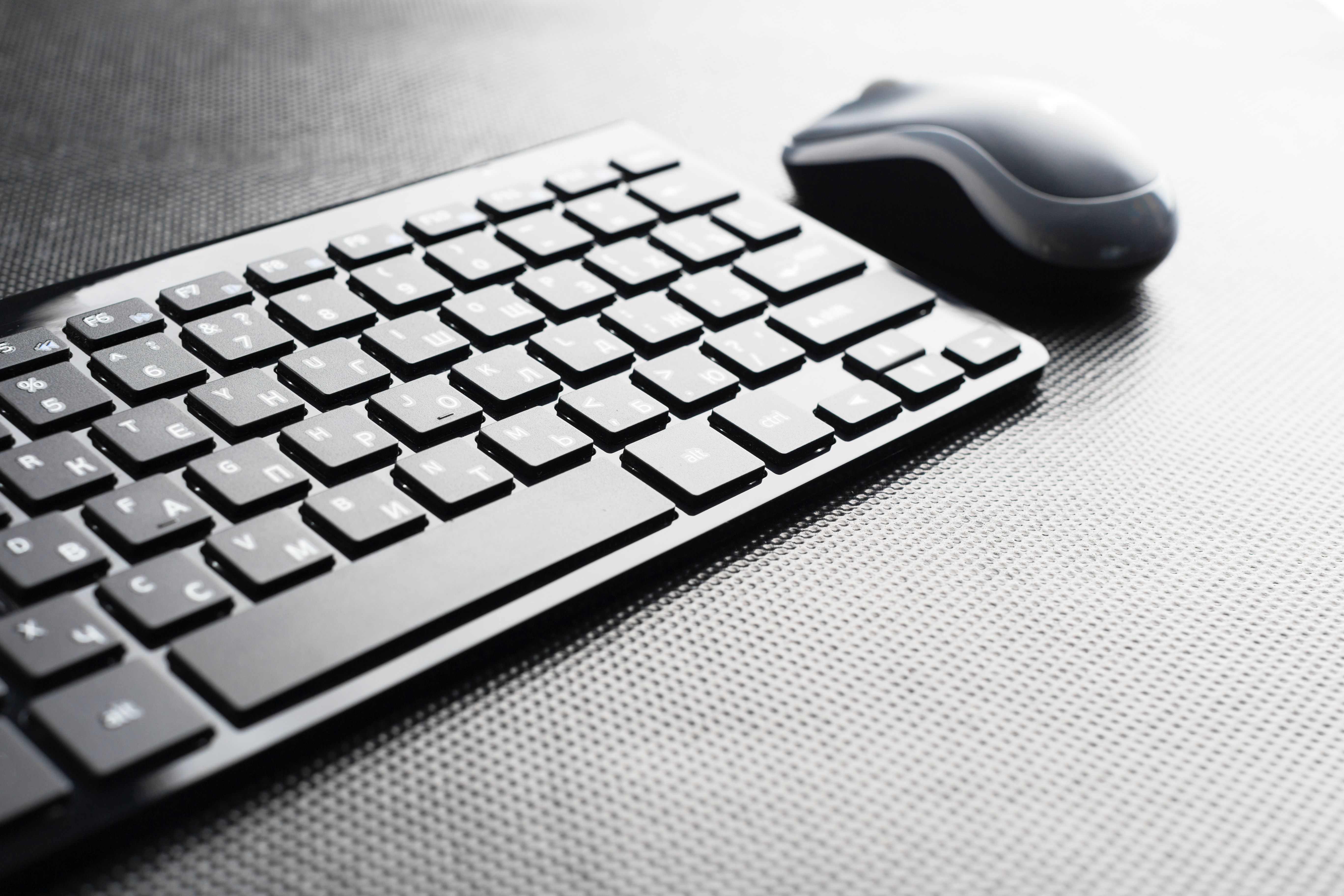
When it comes to typing, most people are familiar with the QWERTY keyboard layout. This layout has been the standard for over a century, but is it the best option available? Enter the Dvorak Simplified Keyboard—a layout designed to increase typing speed and efficiency. In this post, we’ll explore whether Dvorak is truly better than QWERTY and how you can make the switch if you decide to give it a try.
The Origins of Dvorak and QWERTY
The QWERTY Layout
The QWERTY keyboard was created by Christopher Latham Sholes in the 1870s for use in typewriters. Its design aimed to prevent jamming by placing commonly used letters further apart. Although it became the industry standard, many argue that it was not designed with typing efficiency in mind.
The Dvorak Layout
In contrast, the Dvorak keyboard was developed in the 1930s by Dr. August Dvorak and his brother-in-law, William Dealey. This layout was designed with the goal of improving typing speed and reducing finger movement. The most commonly used letters are placed under the strongest fingers, and the layout prioritizes the English language's phonetics.
Dvorak vs. QWERTY: Pros and Cons
Advantages of Dvorak
-
Increased Typing Speed: Many users report faster typing speeds when using the Dvorak layout. Research indicates that Dvorak users can type 20-30 words per minute faster than QWERTY users.
-
Reduced Finger Movement: Dvorak's design minimizes the distance your fingers must travel, potentially reducing the risk of repetitive strain injuries.
-
Enhanced Comfort: Some users find Dvorak more comfortable due to its ergonomic design, which can lead to less fatigue during long typing sessions.
Disadvantages of Dvorak
-
Learning Curve: Transitioning from QWERTY to Dvorak can be challenging, especially if you've been using QWERTY for years. You may experience slower typing speeds initially.
-
Limited Compatibility: While most computers allow you to switch keyboard layouts, you might encounter difficulties using public computers or shared devices that default to QWERTY.
-
Fewer Resources: Although growing in popularity, Dvorak does not have the same level of resources, support, and community as QWERTY. Finding instructional materials or tools may take more effort.
Advantages of QWERTY
-
Widespread Adoption: QWERTY is the default layout for virtually all keyboards worldwide. Most people are trained on this layout, making it easier to use on public computers.
-
Familiarity: As the most common keyboard layout, you likely won't need to invest time in relearning how to type, which can save you time and frustration.
-
Abundant Resources: There are countless typing courses, games, and tools available for QWERTY users, making it easier to improve your typing skills.
Disadvantages of QWERTY
-
Less Efficient: Many studies suggest that the QWERTY layout can lead to more finger movement and potentially slower typing speeds compared to Dvorak.
-
Fatigue and Discomfort: Longer typing sessions on a QWERTY keyboard may lead to discomfort, as it doesn’t prioritize ergonomics like the Dvorak layout.
How to Make the Switch to Dvorak?
If you're convinced that Dvorak might be the right layout for you, here’s a step-by-step guide on how to make the switch:
1. Familiarize Yourself with the Layout
Before switching, take some time to familiarize yourself with the Dvorak layout. You can find numerous printable guides online or use typing practice software that includes the Dvorak layout. Practice typing short sentences to build your confidence.
2. Change Your Keyboard Settings
For Windows:
-
Go to Settings > Time & Language > Language.
-
Click on your language and select Options.
-
Under Keyboards, click Add a keyboard and select Dvorak.
-
You can switch between keyboards using the keyboard shortcut (usually Alt + Shift).
For macOS:
-
Go to System Preferences > Keyboard > Input Sources.
-
Click the + button and add Dvorak.
-
You can switch between keyboards using the menu bar.
3. Use Dvorak-Compatible Typing Software
Consider downloading typing software that supports Dvorak. Programs like TypingClub and Keybr.com allow you to practice typing in Dvorak and track your progress.
4. Be Patient
Transitioning to a new keyboard layout takes time. Don’t be discouraged if your typing speed decreases initially. Consistent practice will help you regain and exceed your former speed.
5. Get Comfortable with Your New Layout
As you become more accustomed to Dvorak, try to use it exclusively for a while. The more you practice, the more natural it will feel.
Conclusion: Which Layout Is Right for You?
Deciding whether Dvorak is better than QWERTY ultimately comes down to personal preference. If you're interested in improving your typing speed and comfort, the Dvorak layout could be a worthwhile investment of your time. However, if you prefer the familiarity and compatibility of QWERTY, there's nothing wrong with sticking with what you know.
Regardless of which layout you choose, consistent practice is the key to becoming an efficient typist. If you're looking for more tips on digital marketing tools and gadgets, be sure to check out SocialMarketing90, they shortlisted 10 Best Mechanical Keyboards in 2024!
Switching to Dvorak may not be for everyone, but for those willing to make the change, it can lead to a more comfortable and efficient typing experience. Happy typing!
